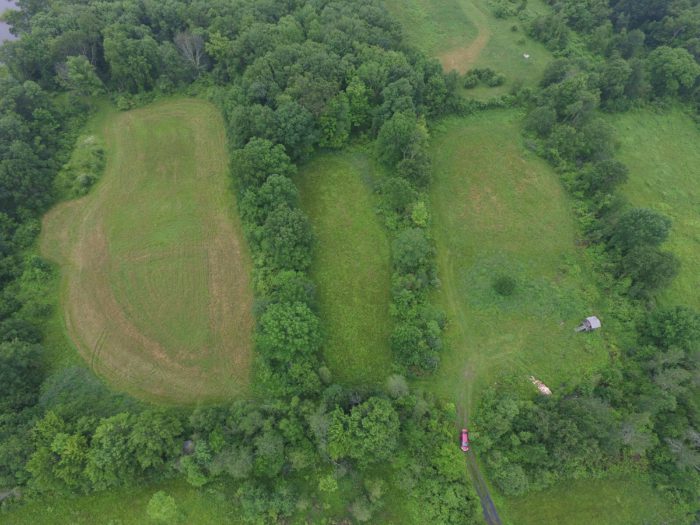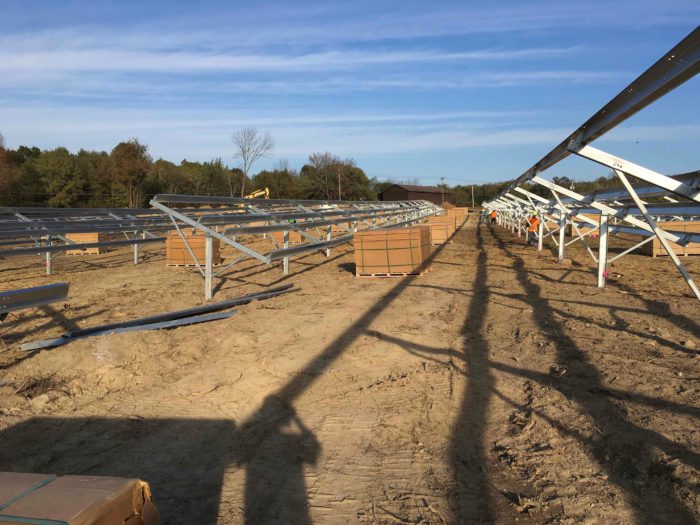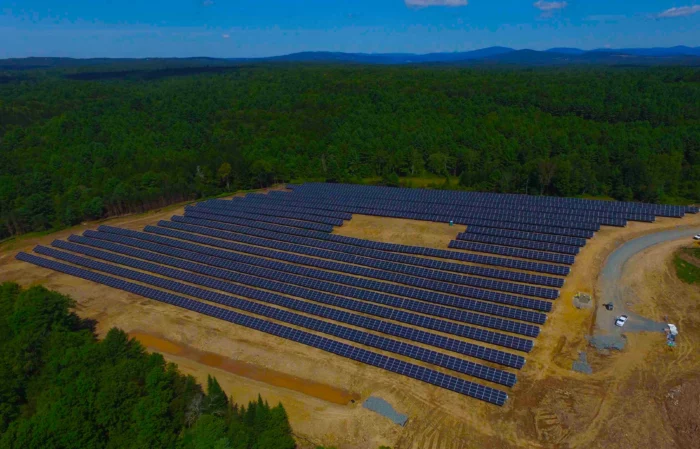So, you’ve enrolled in community solar and you can’t wait to see your first solar credits on your electric bill – we’re pretty excited for you too! Not only do you get to save a little bit of money, but you’re also supporting clean energy for your community. Now that’s exciting! Your estimated turn-on date may or may not be a long way out depending on the time of your enrollment. What most subscribers don’t realize is that it could take up to two years for community solar projects to get from the early development stage to powering homes in your community.
Some subscribers enroll at the beginning of the project while others enroll just before energization – which is a fancy term for when the solar farm turns on and subscribers begin receiving solar credits!
Community solar projects are more complex than you may realize, and developers experience a variety of delays and challenges that can increase the time it takes to get to energization. We know that this can be frustrating and confusing for our subscribers, so we’ll walk you through some of the delays developers face during the various stages of the project.

Permitting and Siting Delays
When it comes to deciding the location of your solar farm, Solstice works with developers to identify the best piece of land for the community. It takes time to find the right piece of land, get it approved by the local government and community, and prepare the land for construction.
Here at Solstice, we aim to work with developers that advocate for the use of unusable land so that we can turn them into something great that the whole community can benefit from. Some examples of unusable land we have used include brownfields (which is land previously contaminated by dangerous chemicals), capped landfills, and unusable farmland that has been overused or polluted.
When the developer is preparing the land for the solar farm, they may implement erosion and stormwater controls to avoid harming local wildlife, clear trees, and create roads for construction vehicles and equipment access. Many solar projects also implement pollinator-friendly vegetation on solar farms to help the bees, bats, and other pollinators needed to maintain a healthy ecosystem. This takes a ton of coordination between the developers, contractors, community, and local vegetation experts.
Permitting can be another lengthy process in the early stages of the project where developers are likely to experience delays. Before construction can begin, the developer needs to meet permitting requirements with the state and local governments. The land for the project determines many of the requirements developers need to fulfill to move forward with the project. For example, solar projects built on brownfields are going to have different requirements to meet including clean-up of the contamination site and addressing liability concerns. Once the developer meets all the permitting requirements for the project, they can start building the solar farm.

Construction Delays
After the land is approved and cleared, the developer can install mounts and bring in the solar panels. Currently, the solar industry, like every other industry, is facing major supply chain issues leading to longer lead times and higher prices for materials. Add in a nationwide labor shortage and we have a recipe for a lengthy construction phase.
In order to mitigate supply chain issues, domestic solar panel manufacturing is ramping up with manufacturers turning to recycled solar panels for materials. This will boost the sustainability of future solar projects and lower the competition and longer lead times developers are experiencing. To assist with labor shortages in the solar industry, workforce development initiatives are in the works to bring in more trained professionals. Many of the programs offer professional development and training for low-income individuals that want to start their career in clean energy.

Energization Delays
Developers don’t begin the energization process until the farm is filled with a certain amount of solar subscribers – that’s you! The faster the farm fills up, the sooner it can turn on. You can help by referring friends and local organizations to join and we’ll give you $100 for each referral that enrolls. Once subscriber capacity is filled and the solar farm is built, it’s time to connect it to the grid. Your developer works directly with the local utility to ensure interconnection goes smoothly. The developer will submit an interconnection study to the utility with all of the information needed to get connected. Then, the utility engineers will analyze the report and coordinate with the solar farm to determine the best way to navigate the interconnection process.
The major issue in this phase is the backlog that local utility companies have for solar projects. In order to meet demand for renewables and add clean energy, utilities need to implement upgrades to make the grid “smarter”. Smart grids allow for more operational control for utilities and make it easier and faster to anticipate and resolve grid issues. While upgrades and energization can take longer than anticipated, your community will have a cleaner and more resilient energy infrastructure by the time your solar farm turns on. It’s a major win for everyone!
Remember, subscribers can enroll in a community solar project at any time during the project’s creation. Depending on when you enroll, the project can take quite a while to reach energization (this is when you start receiving solar credits). All of this fun stuff – permitting, siting, construction, interconnection, etc. – occurs while the project is filling up with subscribers. You can help fill up your solar farm with subscribers faster by referring a friend, and we’ll even send you a $100 VISA gift card for every referral that enrolls in community solar.






